 -
-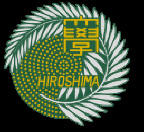
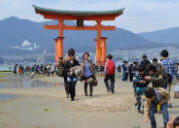
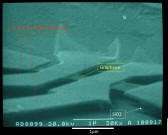
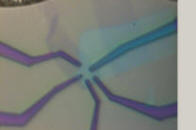
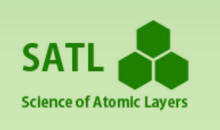
 -
-




Yagi Group
Nano Science and Low Tempeature Physics,
Graduate School of Advanced Sciences of Matter, Hiroshima University
Kagamiyama 1-3-1, Higashi-Hiroshima 739-8530, Japan
Phone +81-82-4247041 (yagi) +81-82-4247042 (lab)
Members Open Campus Researches Activity Access 日本語
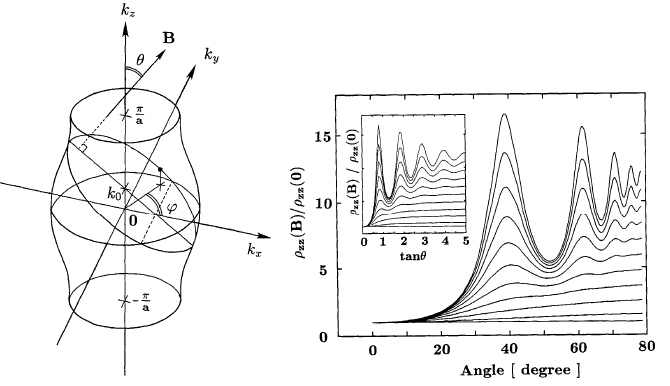
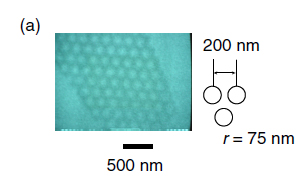

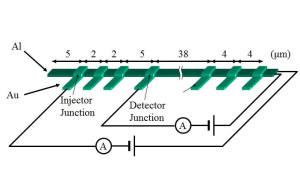

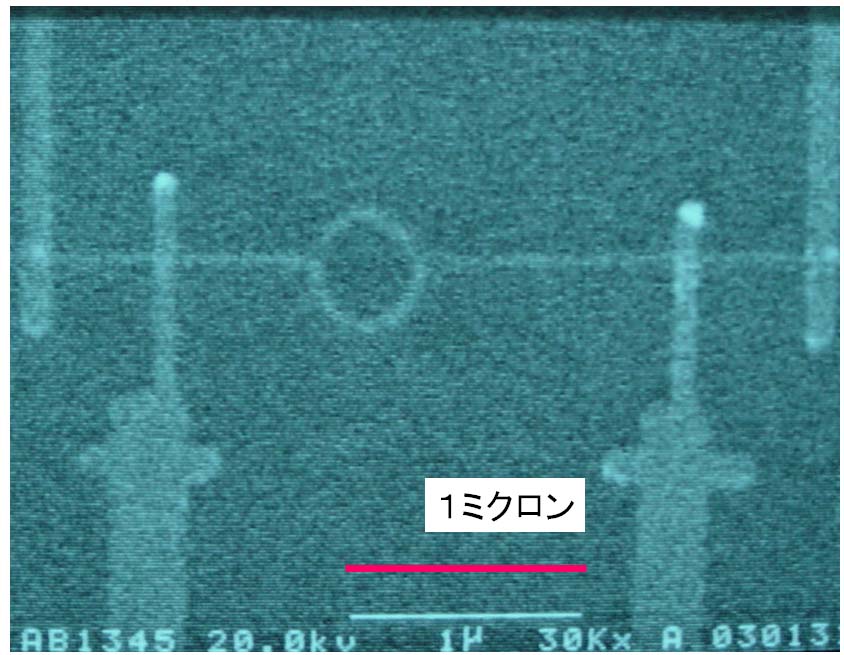

Welcome to homepage of Yagi Group's at Hiroshima University. We are experientally studying physics of Dirac electron system such as graphene and topological insulators.
News
* Our homepage was renewed. (Aug 24, 2016)
![]()
Members
Principal Investigator
Ryuta Yagi (Associate Professor), Ph. D (Univ. of Tokyo)
Room 104W AdSM
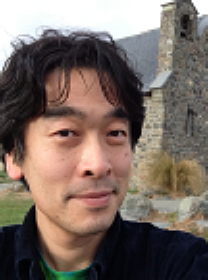
PhD student M 2 Ryoya Ebisuoka
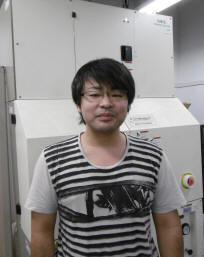
PhD student M 1 Taiki Hirahara
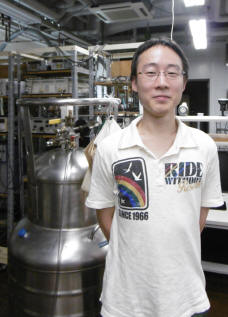
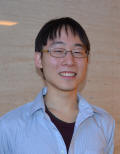
Undergraduate Student B4 Shota Uchino
Undergraduate Student B4 Tomoaki Nakasuga
Undergraduate Student B4 Takushi Oka
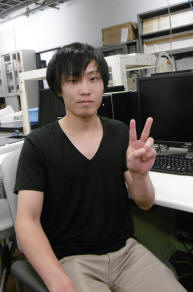
A Miyajima Deer
![]()
Facilities

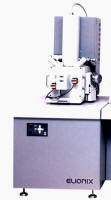
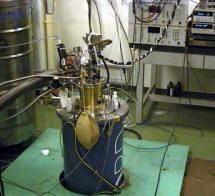
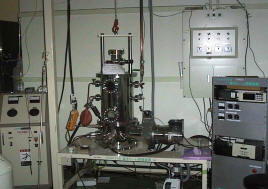

Dilution refregerator, Electron beam writer, Supreconducting magnet, e-Gun acuum evaporator,.... and avhesive tape.
![]()
Alumuni
Jumpei Onishi Electronic structure of multilayer graphene
Taishi Takegawa CVD growth of topological insulators
Ryoji Sakakibara Grahene antidot lattice
Midori Shimomura Superconducting proximity effect in graphene/superconductor junction
Method of fabricating graphene from graphite intercalation compounds
Yumi Shintani Bilayer graphene transport
Seiya Fukada Quantum ocillation in multilayer graphene
Hiroaki Kobara Graphene
Ryohei Morimoto Spin inection in superconductors
Matsumura Phase Qbit
Kazuki Tsuboi Phase Qbit & Charge Imbalance Relaxation due to Phase Breaking Perturbation
Kazuhiro Utsunomiya Phase Qbit
Hiroshi Sera
Takayuki Kubota All Chromium SET transistor
Terao Yasuaki Detecting Spin Imbalance
Yoshinori Ikebuchi Detecting Charge Imbalance
![]()
Open Campus, Faculity of Scinence, Dept. of Physics, Hiroshima University.
"Hi boys, and girls! Making graphene is easy. You can do it."
Click the image below to down load pdf. (Only in Japanese, sorry.)
Send e-mail to gagara2015(at)gmail.com if you have any questions and comments.
![]()
Research Topics
Graphene
Graphene is a honeycomb lattice of carbon atoms. It is a super material!


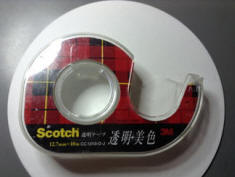
High-Mobiliy Graphene
Encupsled High-Mobility Graphene
Comming soon.
Ballistic Transport in Graphene Antidot Lattices
R. Yagi et al.Phys. Rev. B 92,
195406 (2015).
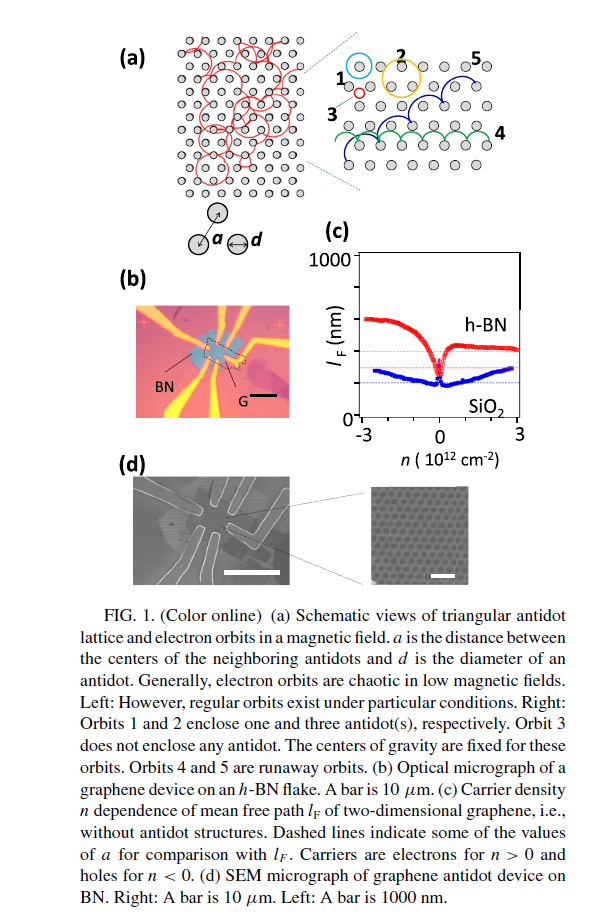
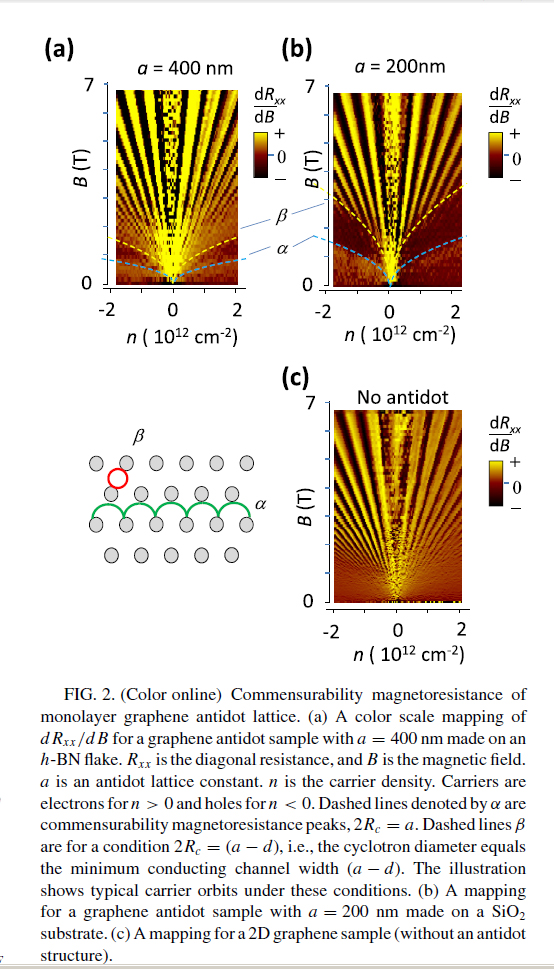
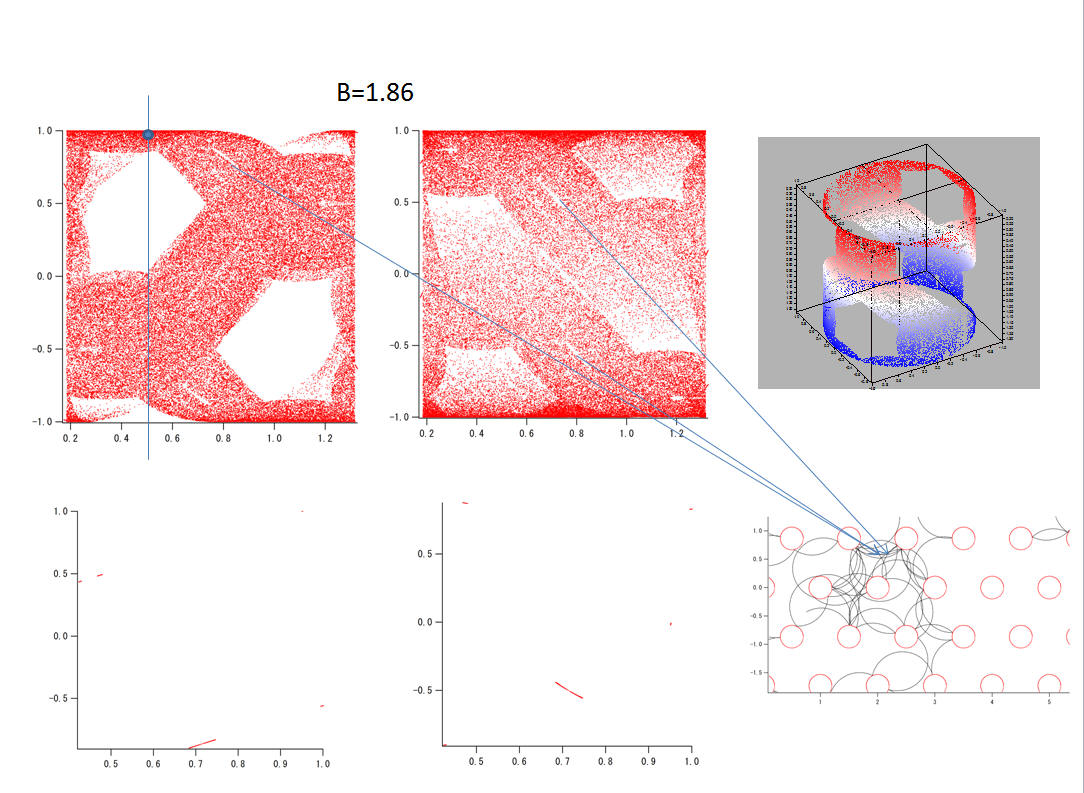
Poincare Section
Observation of Altshuler Aronov Spivak (AAS) Oscillation in Graphene
Yagi et al.
J. Phys. Soc
Jpn. 81, 063707 (2012).
AAS oscillation arises from quantum interference of coherent back scattering for a pair of electrons with time reversal symmetry. This is the first observation in grahene system.

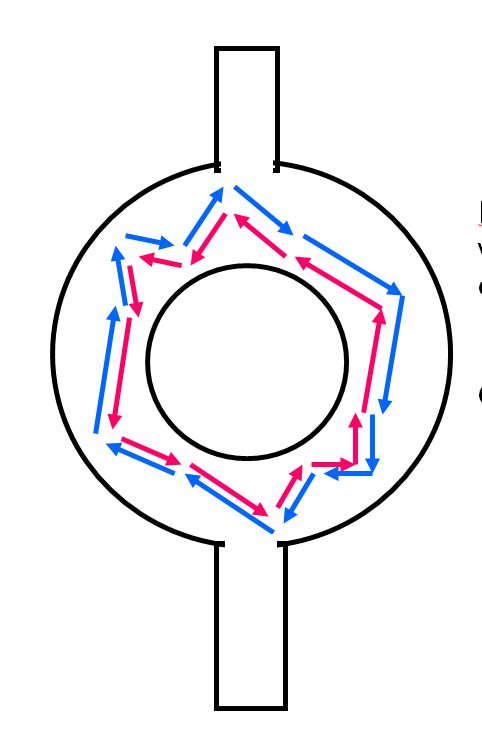
SEM of Antidot Lattice Sample. A pair of trajectories with time reversal symmetry.
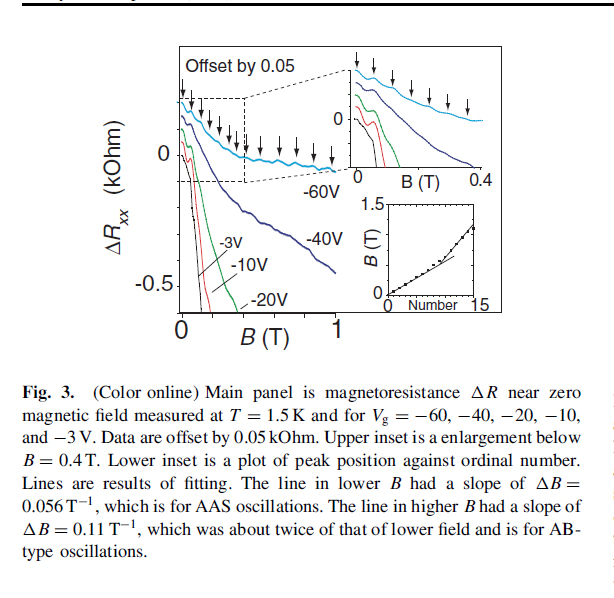
Multilayer Graphene
comming soon
Suspended Graphene
Graphene placed directly on the SiO2 substrate is influenced by charged impurity in the substrate. This results in a limitted electronic mobility. Much higher mobility can be attained by suspending. The image below is a photo of suspended monolayer graphene that was made by us.

Investigation on the method of graphene fabrication
Making Graphene From Graphite Intercalation Compounds
S. Fukada et al.
Jpn. J. Appl. Phys.
51,
085101 (2012).
We can make graphene easily. It does not require any special facilities. But it is hard making graphene with a few layer or less.
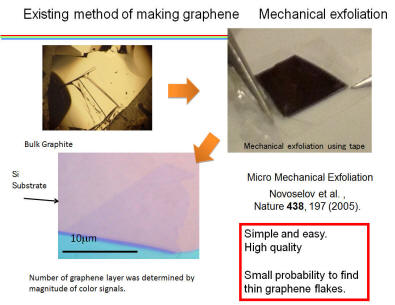
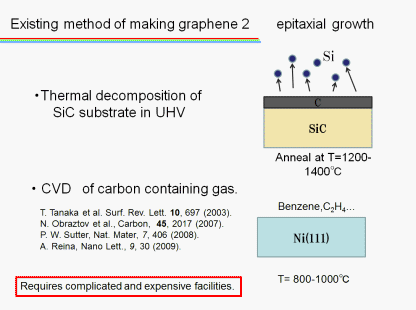
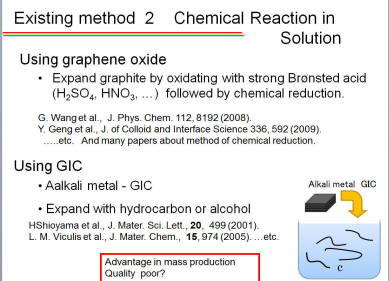
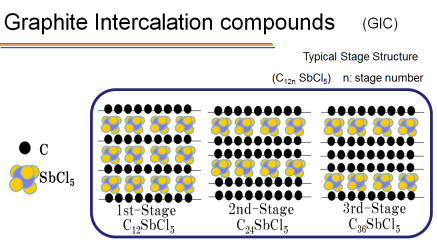
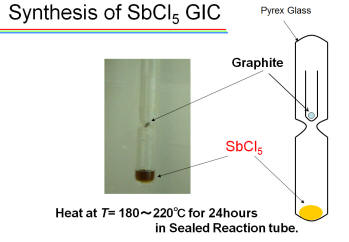
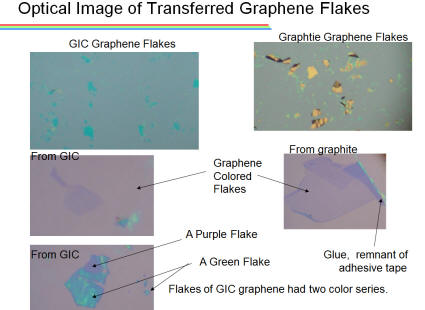
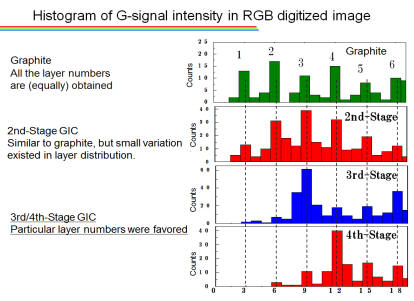
CVD growth of Topological Insulators
Bi2Se3 Single Crystal
Small Tunnel Junctions
Non-equilibrium superconductivity
Charge Imbalance Detection
R. Yagi
Phys. Rev. B
73,
134507- (2006).
What is Charge Imbalance of Non Equilibrium Superconductivity?
Quasi particles in superconductors are excitations from the ground state of superconducting condensate. They are single particle state, but they are superpositions of electron and holes. They have fractional charge because of superposition.
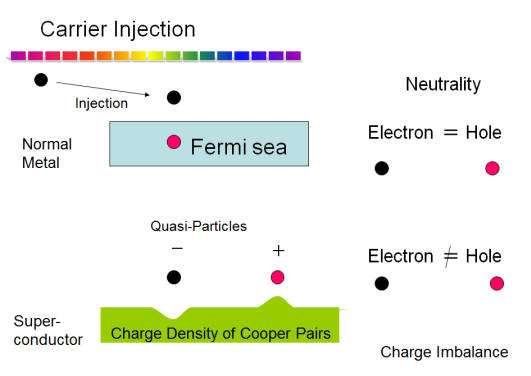
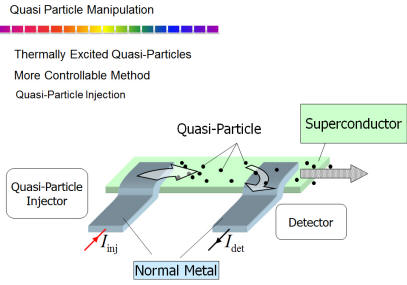
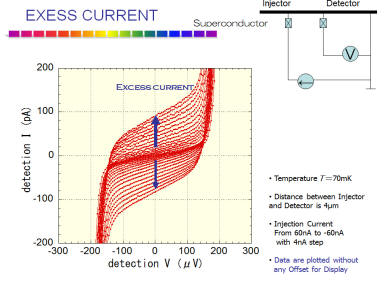
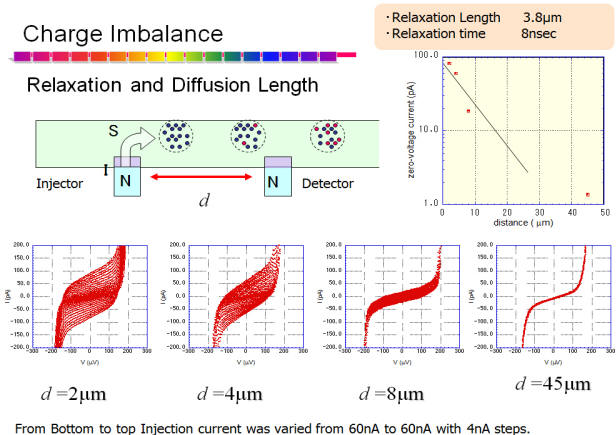

*** How to make ultra small tunne junctions? It is easy. *
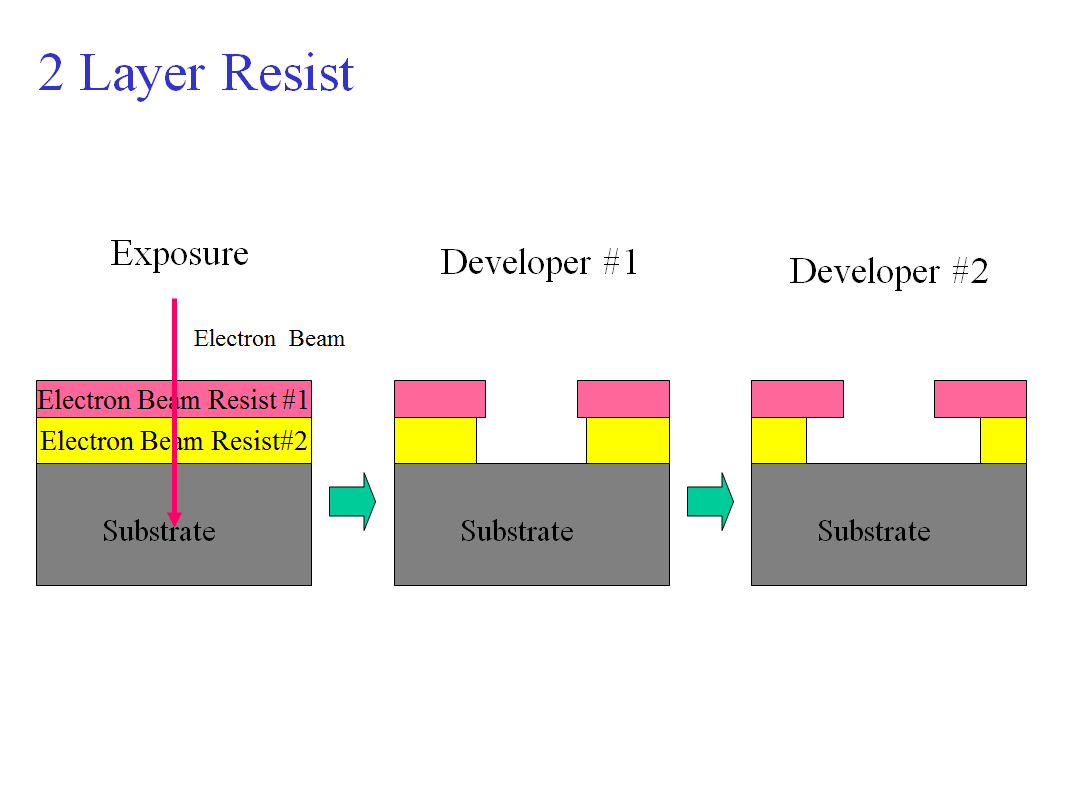
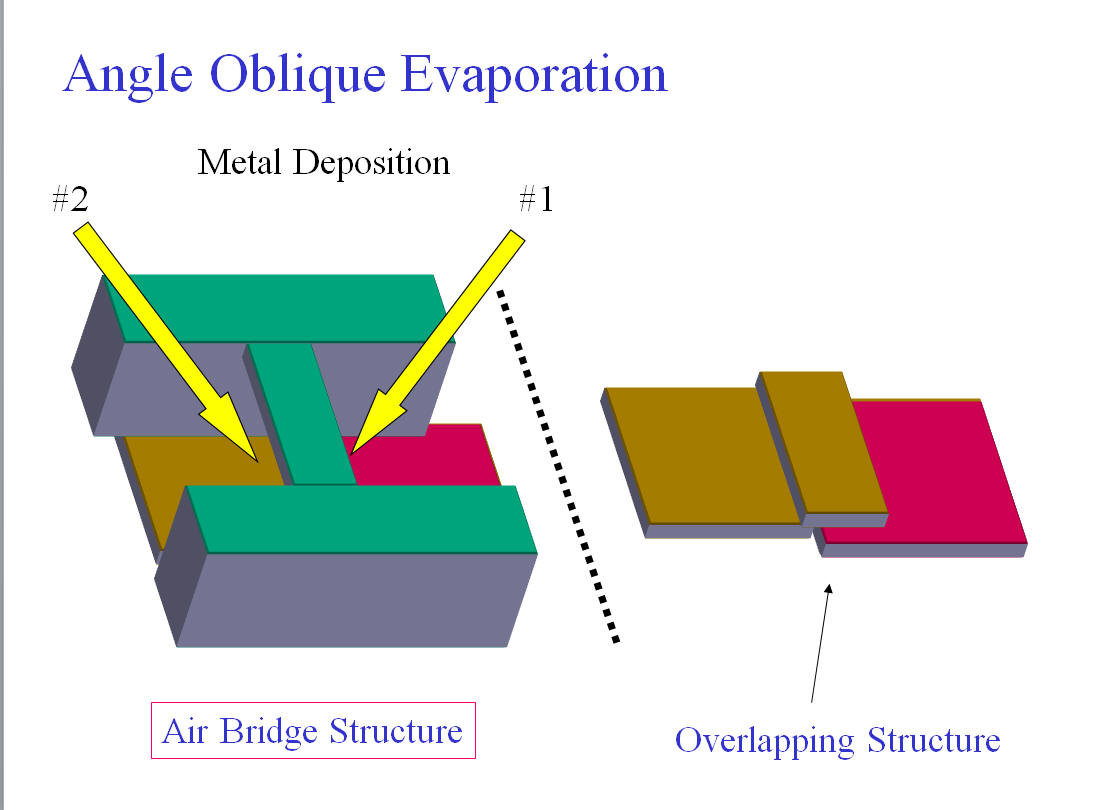
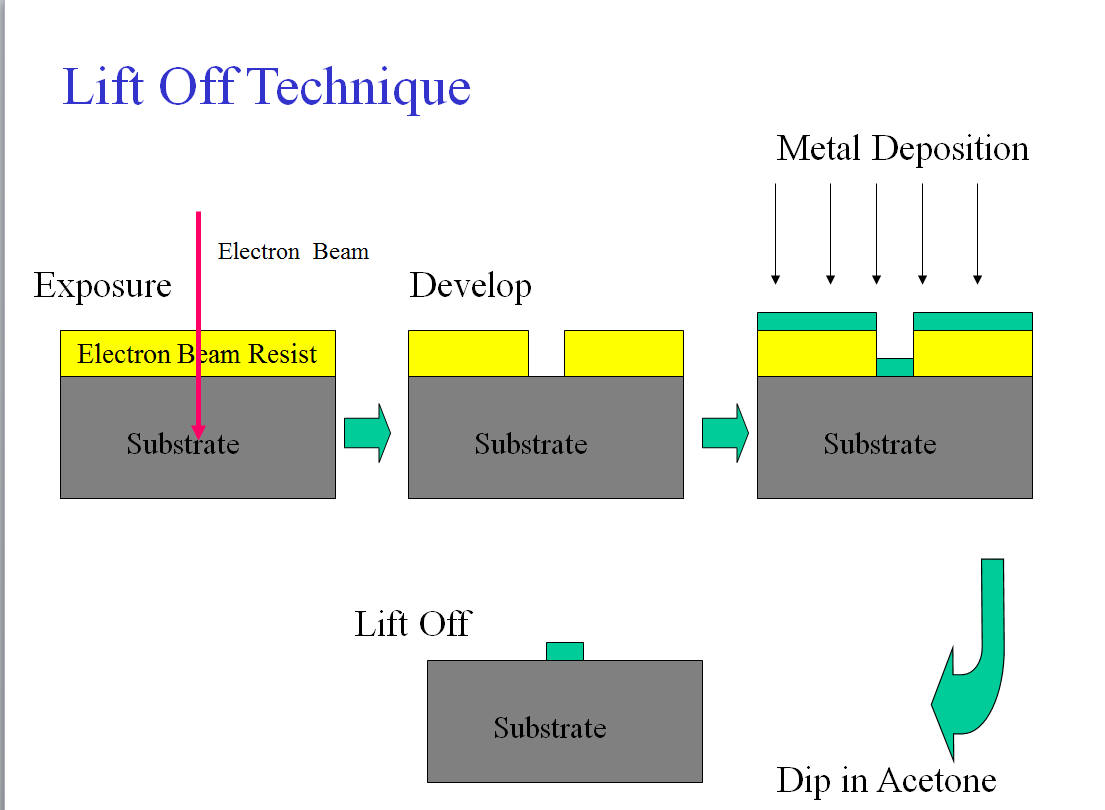
*****************************************
Dissipative Phase Transition and Macroscopic Quantum Coherence in Resistively Shunted Small Josephson Junctions
R. Yagi and S. Kobayashi, J. Phys. Soc. Jpn. 66 3722-3724 (1997). Takahide Yamaguchi et al. Phys. Rev. Lett. 85 1974-1977 (2000).
Superconductor-Insulator transition for a single ultrasmall tunnel junction was successfully tuned by external shunt resistor. This is a proof of dissipative phase transition for macroscopic quantum coherence.



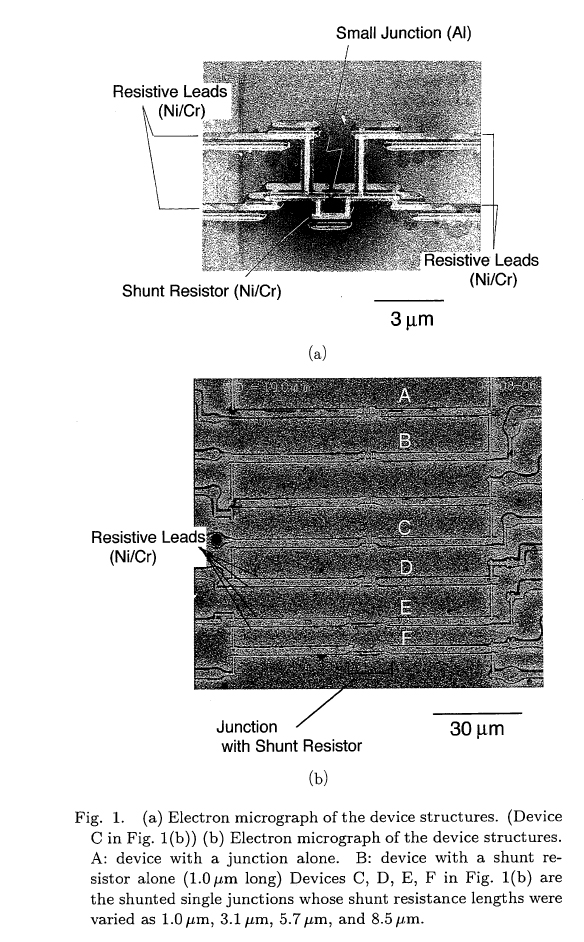
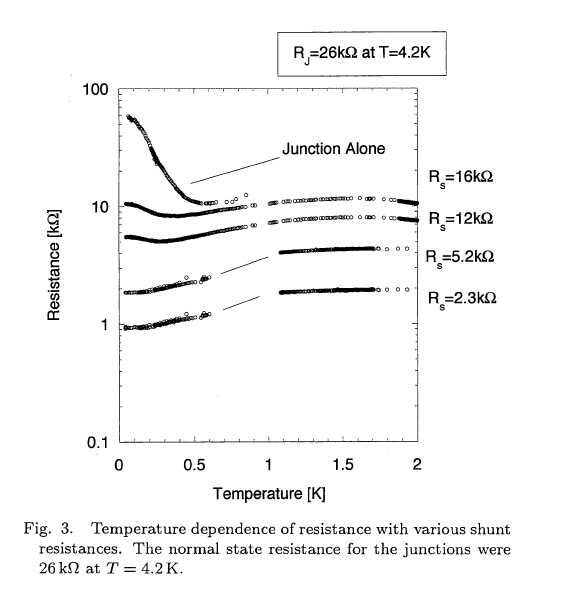
All Chromium Single Electron Transistor
Kubota and Yagi,
Physica B, 383, 57-58 (2006).
All chromium single electron transistor consists of metal junctions in normal state even at zero magnetic fields.
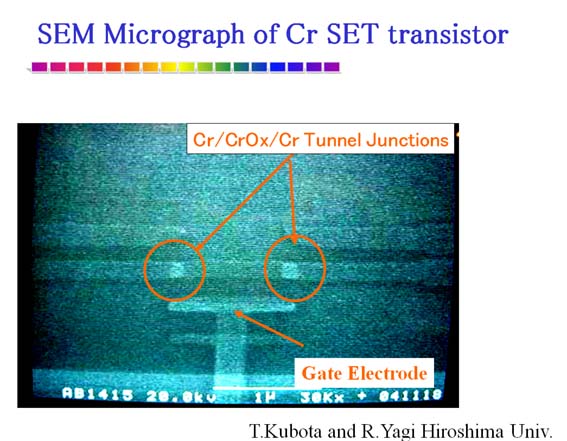
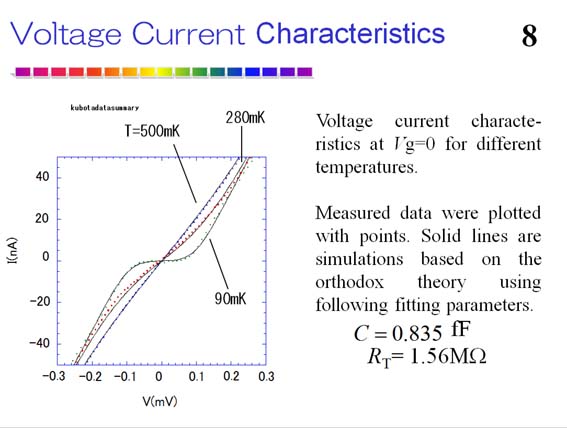
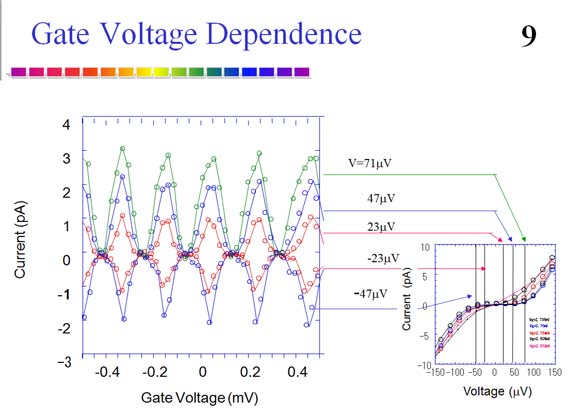
Principle of Operation
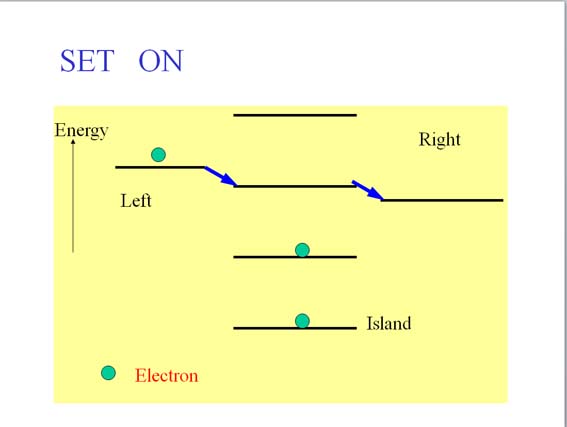
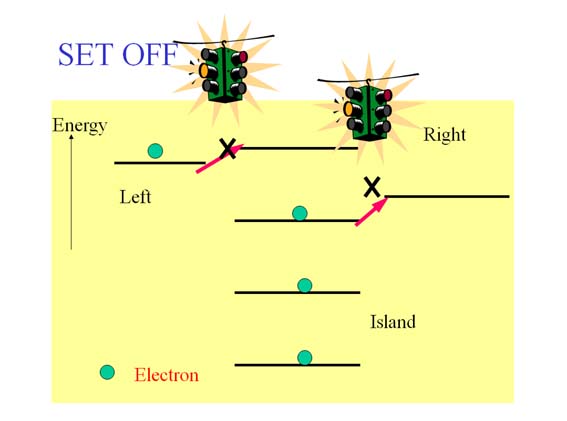
Commensurability Magnetoresistance Ocillation
Magnetic Weiss Oscillation (Theory) R. Yagi et al. J. Phys. Soc. Jpn., 62 1279-1285 (1993).
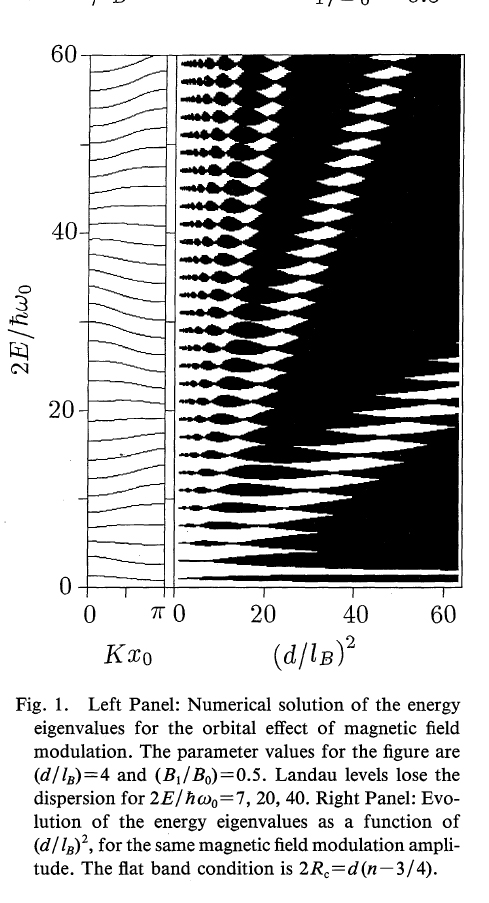
Quasi-Two-dimensoional Electron System
Angular dependent Magnetoresistance Oscillation (AMRO) in quasi-two dimensional electron systems.
Semiclassical Transport Theory of AMRO. R. Yagi et al. J. Phys. Soc. Jpn. 59 (1990) 3069-3072.
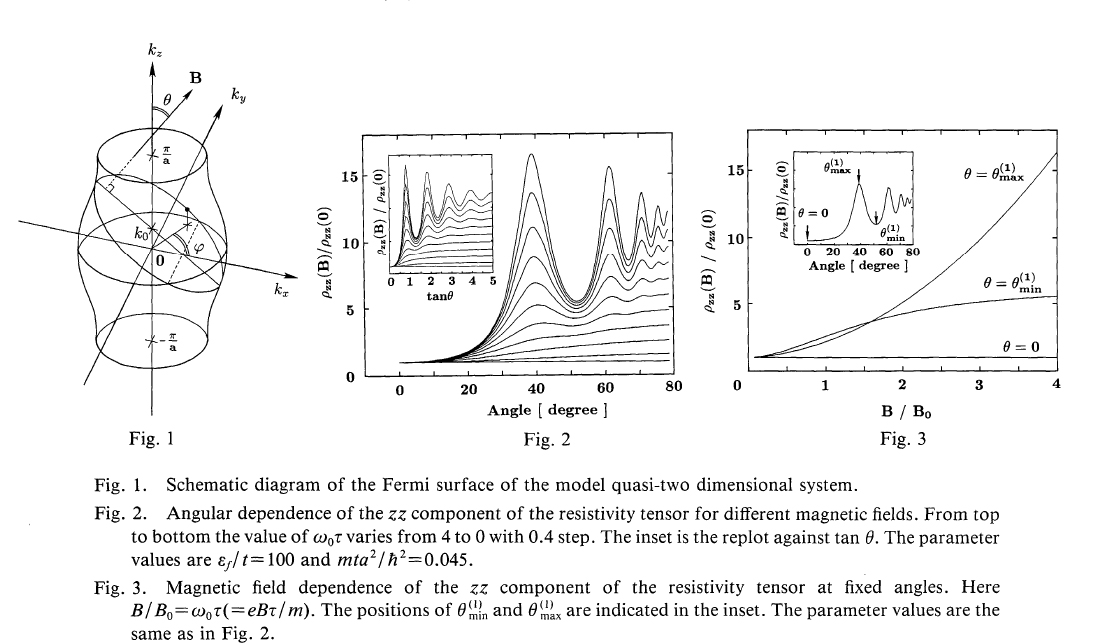
AMROs for various fermi surface shapes.
R. Yagi and Y. Iye,
Solid State Commun.
89(1994)275-281.
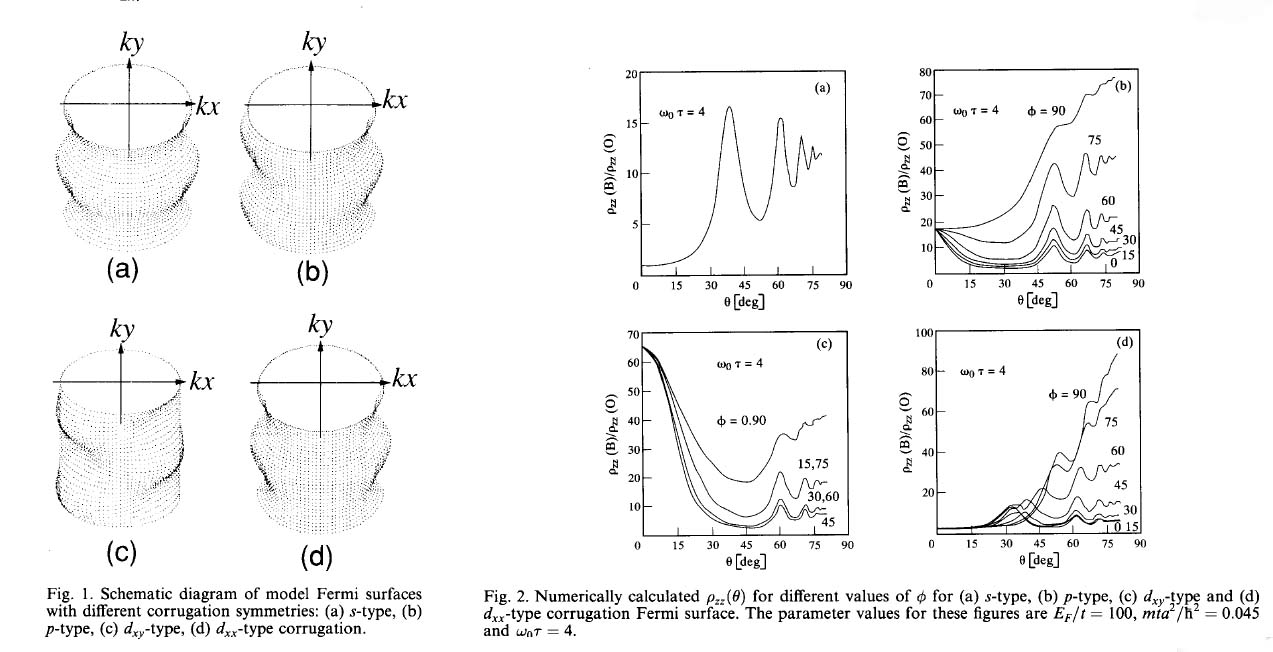
AMRO in Semiconductor Superlattices
R. Yagi et al.
J. Phys. Soc. Jpn.
60(1991) 3784-3791.
The first observation of AMRO in systems other than organic conductors.
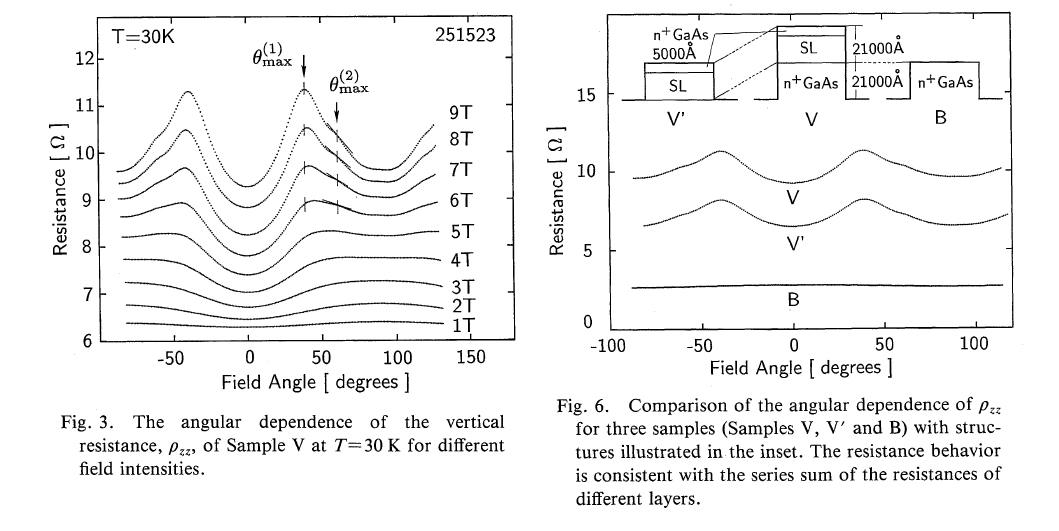
![]()
Recent Presentation
ICPS 2016, Aug, Beijing, China, Commensurability Magnetoresistance in Graphene Antidot Lattices
HMF22, 2016 July, Sapporo, Japan, Ballistic Transport in Graphene Antidot Lattices
![]()
Recent Publication
R. Yagi,
R. Sakakibara, R. Ebisuoka, T. Hirahara, S. Uchino,
K. Watanabe, T. Taniguchi,
“Commensurablity magnetoresistance due to
Ballistic Transport in Graphene Antidot Lattices.” to be published in IOP
conference series.
R. Yagi, R.
Sakakibara, R. Ebisuoka, J. Onishi,
K.
Watanabe, T. Taniguchi and Y. Iye,
“Ballistic
transport in graphene antidot lattices”, Phys. Rev. B 92, 195406 (2015).
R. Yagi and A.
Endo,
S.
Fukada, Y.
Shintani, M.
Shimomura, F.
Tahara and R. Yagi,
“Graphene made by mechanical exfoliation of graphite intercalation
compound”, Jpn. J. Appl. Phys.
51,
085101 (2012).
R.
Yagi, M.
Shimomura, F.
Tahara, H.
Kobara, and S.
Fukada,
“Observing Altshuler-Aronov-Spivak (AAS) oscillation in a hexagonal antidot
array of monolayer graphene”
J. Phys. Soc
Jpn. 81, 063707 (2012).


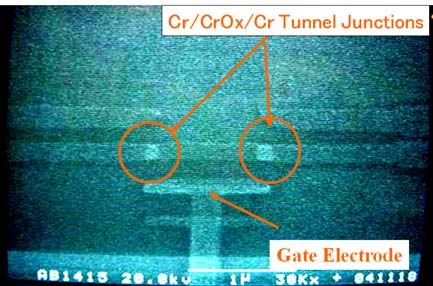
Electron Beam Writer Ultra Small Metal Ring to observe AB Effect Single Electron Transistor
![]()
How To Reach US
+From Hiroshima airport
Take a bus for Shiraichi (白市) and get off at the final bus stop, Shiraichi.
Take a JR Sanyo Line train for Hiroshima station and get off at Saijo (西条) station which is the second stop from Shiraichi.
Take a taxi or a bus for Hiroshima University and get off at Hiroda'i Seimon ma'e (広大正門前).
Note that Hiroshima University (Hiroshima Da'igaku ) and Hiroshima International University (Hiroshima Kokusa'i Da'igaku) are not the same.
Find AdSM building in indication map placed at the bus stop. AdSM (Sentan Bussitsu Kagaku Ken'kyu'uka 先端物質科学研究科) is the left most building.
+From Hiroshima downtown
Take a bus (Ko so ku ba su in japanese) for Hiroshima University at the bus depot building near Atomic-bomb-dome.
Get off at Hiroshima University front gate (Hiroda'i Seimon'ma'e) . Ask a driver to let you know it.
+From Higashi Hiroshima Station of Bullet Train (Shinkansen)
Take a taxi. Unfortunately buses are not frequently operated.
+From Hiroshima Station
Take a JR Sanyo Line train for Okayama (岡山) and get off at Saijo (西条) station.
Take a taxi or a bus for Hiroshima University and get off at Hiroda'i Seimon ma'e.
Note that Hiroshima University (Hiroshima Da'igaku ) and Hiroshima International University (Hiroshima Kokusa'i Da'igaku) are not the same.
Find AdSM building in indication map placed at the bus stop. AdSM is (Sentan Bussitsu Kagaku Ken'kyu'uka) the left most building at the top on the map.
![]()
Contact Address
e-mail yagi(at)hiroshima-u.ac.jp

There are two UNESCO World Heritages in Hiroshima. One of them is Miyajima shrine, which is located at about 1hour distance from Hiroshima Univ. by train. The other is the famous Atomic-bomb-dome in downtown Hiroshima. These are must-see places in Japan.